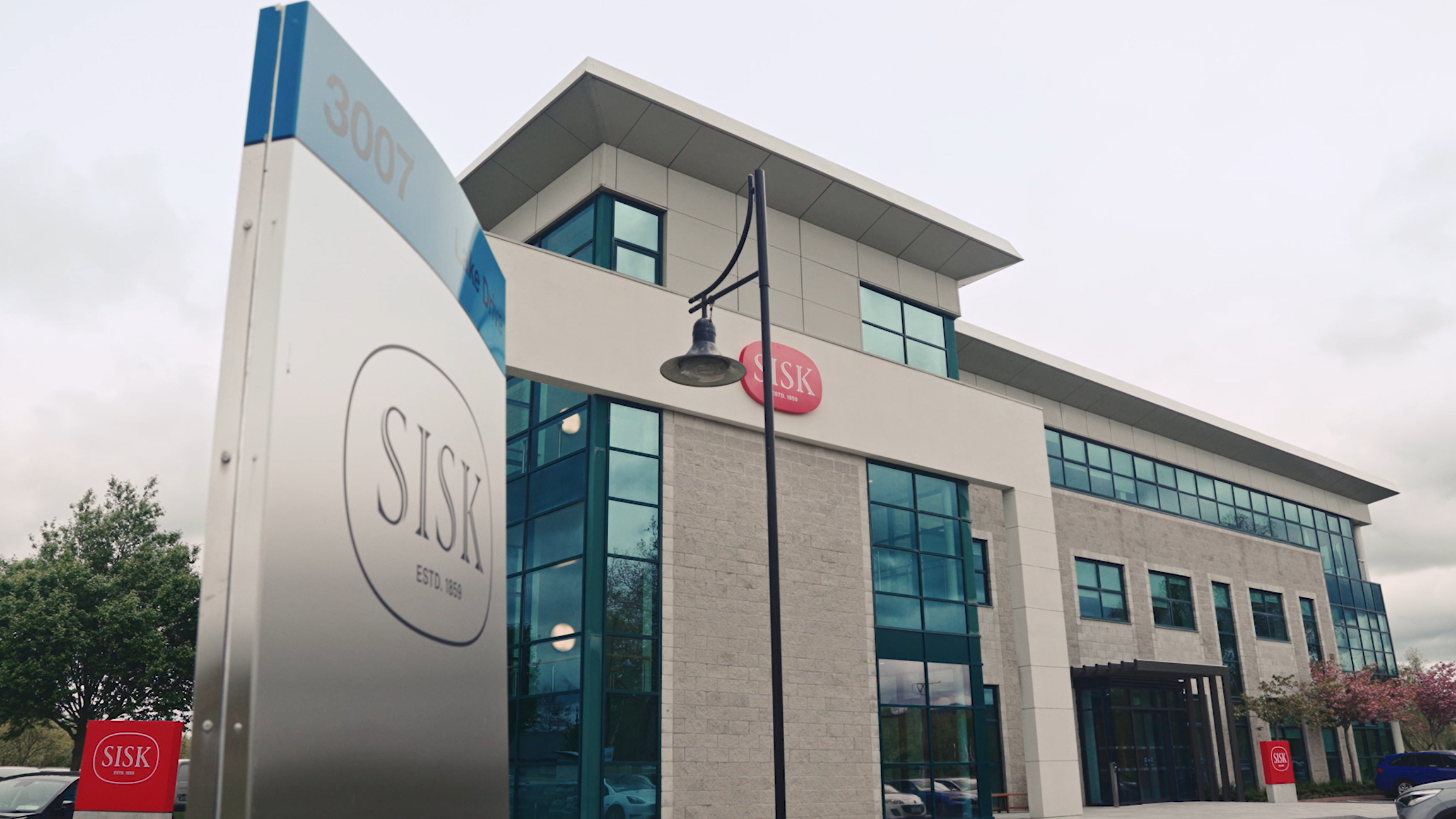BIM Quality – A Cornerstone of Digital Construction Success
The adoption of Building Information Modeling is ever increasing. Does that solve all problems in the construction industry? Using BIM alone actually doesn´t. It needs to be done right.
Author
Ville Kyytsönen
is CEO of Solibri, one of the brands in the Planning & Design Division of the Nemetschek Group
This article belongs to the collection OPEN BIM
To the topic pageImagine a contractor on site noticing that a particular hole in a precast concrete wall is missing or is not where it should be. The contractor wonders how this can have happened as the designers are using BIM, which should eliminate errors like this. Her remedy is to bring in a diamond cutter and cut a new hole, hoping that they don’t encounter any rebar during the process.
This is one of many scenarios that demonstrate the need for quality BIMs. If the quality of the models produced by the architect and the structural and MEP designers had been properly managed, the above problem would not have occurred.
Why is BIM Quality Important?
Model-based information management in construction design is mainstream in industrialized countries. The 2020 National BIM Survey in the UK for example showed that 73% of the companies surveyed used BIM, a remarkable increase from 13% in 2011. Companies say that BIM enables them to manage projects better and improve productivity. Another key driver is the client demanding the use of BIM. In construction, the different stakeholders need to collaborate because any deviation from the required BIM data quality has a ripple effect across the value chain. With poor quality results in overlapping structures in the model for example create false results in the quantity take-offs done by the surveyor. Or a building authority can’t effectively use automated model-checking tools, since the model contains errors. Also, many times, the object information in the model does not follow the agreed guidelines, which leads to manual work or remodeling by the recipient. And last not least, uncoordinated models result in collisions during MEP installation on the job site.
A key benefit of BIM is that the information is available over an asset’s lifetime. ESG reporting, the EU’s taxonomy requirements, and national CO
What is BIM Quality?
BIM quality is basically about ensuring conformance to specifications. A critical aspect is the intended use of the model. For example, a conceptual architectural model can’t be used for building permissions. The claim that “BIM is of no use” typically results from trying to use a model for a purpose other than what it was initially intended for.
Conformance to rules and regulations and building codes is another quality dimension. Naturally, these must be in order, regardless of the design technology. Another question is the constructability of designs. Ideally, a design model is a digital twin of the actual installation.
What Stands in the Way of Achieving BIM Quality?
Today’s modeling and checking tools make producing quality BIMs possible. However, several clients and contractors have stated that the models they typically receive are not up to par, as the information in them does not follow standards and guidelines.
The model creators, mainly designers, naturally bear the final responsibility for realizing BIM quality. The problem is that design agreements don’t specify the level of BIM required by the client. Furthermore, those who purchase services are not experts in BIM quality issues and don’t budget funds for more detailed design work. For many, a model that looks visually fine is good enough.
Clients outsource model management and issue tracking to BIM coordinators, who combine and check models but don’t know all the data needs and requirements. Some clients say that the need for BIM coordinators manifests the failure of the construction industry to manage quality inherently.
How to Build a Sound Model
Many problems regarding BIM quality stem from unclear goals and requirements. The client must clearly state and document their data needs and requirements. Similarly, designers, consultants, contractors, and other stakeholders should agree on the specific information requirements and standards for a BIM. General terms and conditions are a good starting point, but they typically need additional specifications to make the data useful.
Another essential aspect that needs to be agreed is the intended use of the models and the level of detail at each stage of the project.
The third critical factor is managing and coordinating the quality of the model during the design process. Each designer should understand their role in the totality and consider the needs of others in the value network. They should build quality management into their workflows to avoid the hundreds or even thousands of clashes that become visible in the federated models.
Can BIM Quality Become a Competitive Advantage
In KPMG’s 2021 Global Construction Survey, the participants were asked what technologies the greatest potential have to deliver the greatest overall return on investment. The top three responses were integrated production information management systems, BIM, and advanced data and analytics.
In the same survey, contractors and owners reported that technology was the second most vital capability for dealing with disruptive events. Current time of cost increases, uncertainty about material availability and staff shortages all emphasize the need for well-managed information and systematized processes.
The topmost capability mentioned in the KPMG survey was company leadership, namely the decision-makers who define the business and technology strategy.
As BIM is an essential construction technology, leaders should start thinking about it strategically. It is a crucial piece of the process automation puzzle and can give a competitive edge in productivity, sustainability, and life cycle services. The clients’ pursuit of digital twins and reaching emission goals should also drive digital construction. The quality of BIM information is a prerequisite for these aspirations. This is where driving ‘easy wins’ for all designers becomes important. For a designer and the wider team to adopt BIM quality, the first stage – the original design – should have BIM quality embedded within the process. Today, the Nemetschek group offers a tangible solution for this – Solibri Inside within Allplan, Archicad, and Vectorworks design solutions. Already, a designer using these solutions can run hundreds of checks based around general interoperability, fire safety and level of information. No longer is BIM quality responsibility solely with the BIM manager or project engineer. It’s everybody’s responsibility and with that responsibility comes project success in numerous ways.

_crop.jpg)



